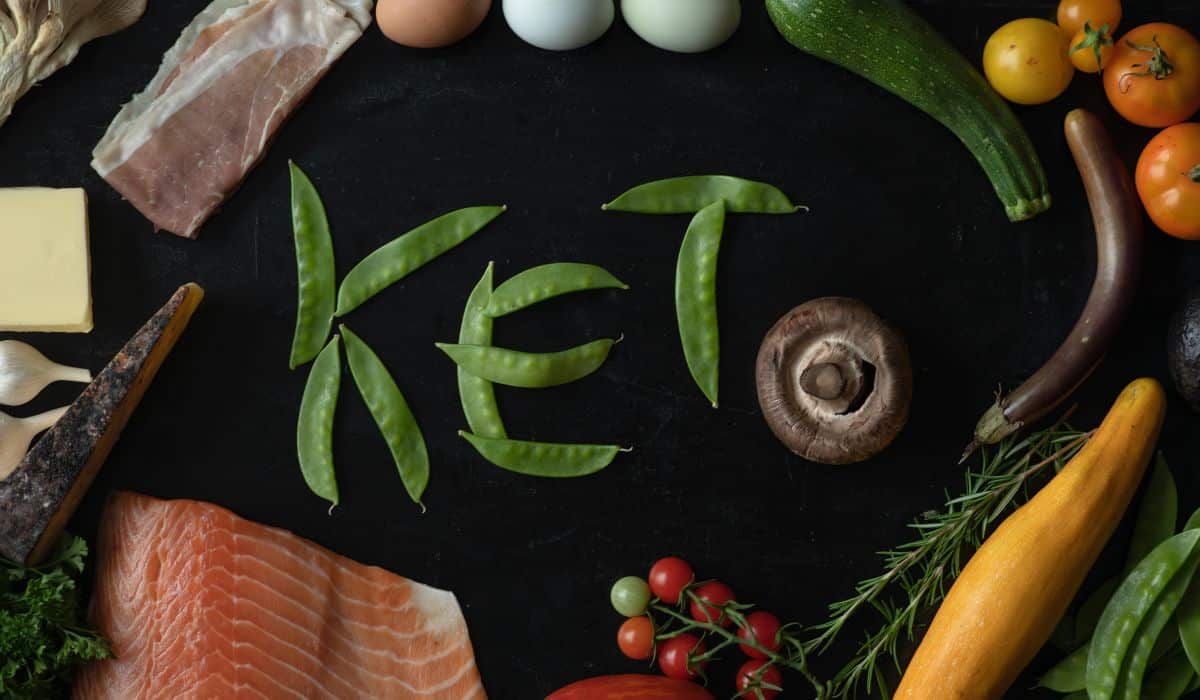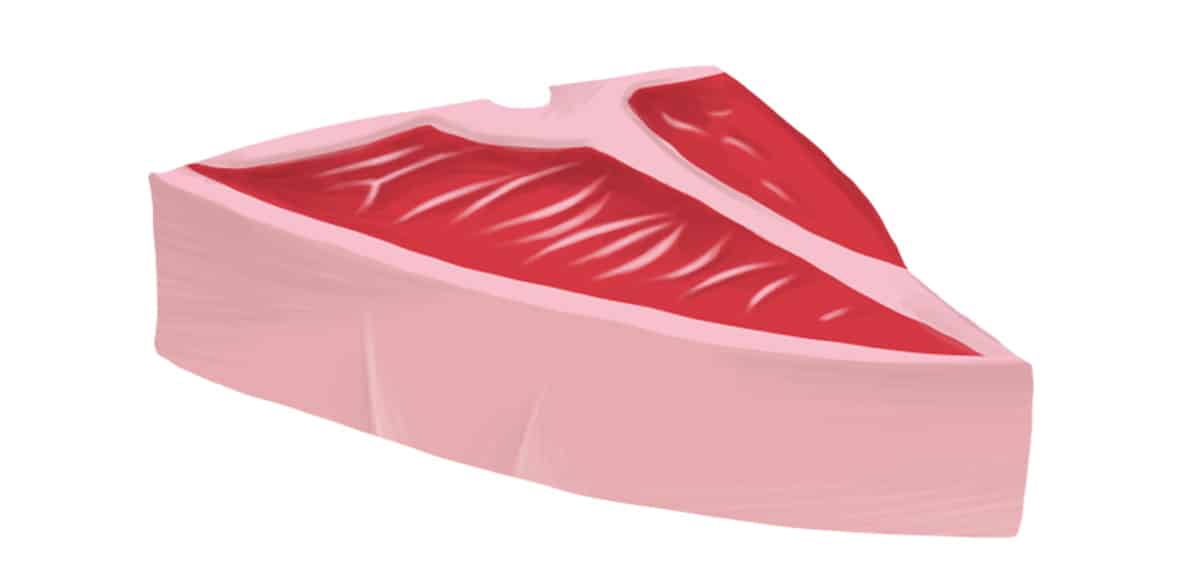
“What should my macros look like on Paleo?” - it’s a common question and it’s sometimes frustrating to hear that there really is no one “right” answer. As far as anyone can tell, Paleolithic hunter-gatherer diets probably had a wide range of different macronutrient ratios, depending on the season and the geographic location of the tribe. That’s certainly how it works with modern hunter-gatherer groups - groups closer to the equator generally tend to eat more carbs, while groups closer to the poles generally tend to eat fewer carbs.
But Paleo isn’t even really about imitating hunter-gatherers, ancient or modern; it’s about how humans can eat to be healthy and strong. And the research here also backs up the “different strokes for different folks” theory of macros. Different people have hugely varying “optimal” macro ratios, and some lucky people who are relatively healthy can adjust to a huge range of equally acceptable options.
But with all that said, there are a few big macronutrient patterns that tend to emerge within the Paleo/keto/ancestral health community because they work well for a lot of people and offer some kind of structure for people just starting out. For example, a lot of people adapt Paleo food choices to a ketogenic (keto) macronutrient pattern. But there are a lot of Paleo-friendly macro choices that aren’t anywhere near keto. Paleo is a way of thinking about food that could theoretically be adapted to a wide range of macros, while keto is a specific set of macronutrient ranges - you can combine the two, but you can also do Paleo in a non-keto way.
Here’s a look at 5 keto and Paleo macronutrient ratio plans that might work for you - try them, modify them, or throw them out the window and do your own thing!
1. Extreme low-carb/carnivore
Protein: 20-40% (depends on whether you’re eating lean or fatty meat)
Carbs: ~1% (you will get trace amounts of carbs from eggs, dairy if you eat dairy, etc., but the total amount is extremely low)
Fat: 60+%
This is the most extreme approach to a nearly 0-carb diet you can get - basically the concept is to eat only meat, no plants, and particularly no plant foods that contain any amount of carbohydrate. Salt is allowed and encouraged. Some people modify it a bit with eggs, dairy, and/or or spices.

This is a very extreme approach and it’s worth noting that there’s almost no research on the long-term efficacy or safety of carnivore diets - and nothing on long-term consumption by overweight people in the 21st century looking to drop a few pants sizes. One of the best long-term accounts we have is the notes taken by Vilhjálmur Stefansson back in the early 1900s - his report on the Inuit diet is interesting and cool but not really a great scientific foundation by modern standards. There are a lot of unanswered questions here about nutritional deficiencies, especially if you're not eating a lot of organ meats.
The carnivore diet is probably best for people who want to try an interesting new diet experiment and really like meat but aren’t afraid to quit and try something else if it doesn’t work. If you want something low-carb but better-researched and less extreme, you could always try...
2. Basic keto
Protein: ~15%
Carbs: <5% (under 20 grams net carbs, not counting fiber)
Fat: 80+%
This is how most people do keto - enough wiggle room in the carb count that you can at least have a salad and some cauliflower pizza crust, but not enough wiggle room to actually go out of ketosis. Unlike the carnivore plan, the goal of garden-variety isn’t to eat only meat and avoid plant foods; the goal is to get a specific set of macros (high fat, very low carbs).
This plan has more fat and less protein than the pure carnivore plan, and likely less meat: even fatty meat isn't all that fatty by keto standards (for example, a nice juicy grilled T-bone is a whopping 38% protein, although you can lower that percentage rapidly by adding butter on top). With keto, you don’t necessarily eat a whole pile of T-bones; it’s more like half a T-bone with a lot of butter and some avocado and spinach salad.
Sample meals
- Chorizo and spinach omelette - 16% protein, 5% carbs (7 grams), 79% fat
- Baked salmon with avocado salsa - 29% protein, 3% carbs (6 grams), 68% fat
- Salt and pepper pork belly - 7% protein, 2% carbs (6 grams), 91% fat
If that's still a bit too much fat for you, or if you like really big salads with more roughage, what about...
3. Low-carb, not quite keto (aka keto with more vegetables)
Protein: 15-30%
Carbs: 10-15% (typically under 75-ish grams of carbs in total)
Fat: 55-75%
This type of macro scheme works well for people who want to avoid dense starchy sources of carbs (potatoes, rice, bananas) to keep their blood sugar under control, but who still eat more fresh vegetables than they can fit into a traditional keto plan. If you’re not aiming for keto specifically, you also have way more flexibility with protein - ramping up the protein content can help prevent hunger, and maintain muscle mass during weight loss.
Sample recipes
- Tex-Mex Stuffed Peppers - 32% protein, 17% carbs (17 grams), 51% fat
- Slow-cooker Cuban-style beef - 34% protein, 11% carbs (19 grams), 55% fat
4. Moderate-carb Paleo
Protein: 20-30%
Carbs: 15-30% (up to 150-ish grams of carbs)
Fat: 40-65%

On this type of plan, you get to eat not just low-carb vegetables but also more carb-dense foods like potatoes (sweet or white), bananas, plantains, and dried fruit. A whole lot of people just feel better eating like this, particularly people who do a lot of sports, people with active jobs, pregnant women, and children and teenagers.
This is also a good starter plan for people new to Paleo who are worried about the “low-carb flu.” You almost certainly won’t have that problem on this type of plan.
Sample recipes
- Paleo sausage quiche - 22% protein, 24% carbs (19 grams), 54% fat. Serve with roasted delicata squash (adds 12 grams of carbs and a bit of extra fat) as a side.
- Creole jambalaya - 30% protein, 18% carbs (20 grams), 52% fat. Serve with garlic green beans (adds 13 grams of carbs and a bit of extra fat) or your other favorite greens.
5. Carb cycling
Protein: 20-30%
Carbs: Depends based on the day/time
Fat: Varies based on carb level
This is a little different from the other types of plans because it adds a timing dimension. The goal isn’t just to eat X amount of protein, fat, and carbs in a day; the goal is to eat those nutrients at certain times and not at others.
This plan is good for people who want the benefits of low-carb eating most of the time but struggle with lack of energy during workouts or recovery from hard workouts. Timing carbs just around your workout can get you over that hump but still give you the benefit of low-carb eating for most of the day.
This type of plan is also good for people who like periodic planned “cheat” meals for their own mental health. If a big carby dinner on Saturday night keeps you on the straight and narrow the rest of the time, then it can be a great psychological tool for long-term consistency.
Sample recipes (low-carb phase)
- Salmon with lemon-butter capers - 29% protein, 2% carbs (4 grams), 68% fat
- Balsamic chicken salad - 18% protein, 11% carbs (15 grams), 71% fat
Sample recipes (high-carb phase) - just add any of these to your other food whenever you need more carbs
- Grilled zesty sweet potatoes - 33 extra grams of carbs
- Hasselback potatoes with Paleo sour cream - 66 extra grams of carbs
- Curried purple sweet potatoes - 22 extra grams of carbs
Pick what works for you.
Paleo really isn’t about any single macronutrient ratio - a ketogenic Paleo diet is definitely one way to go, but you don’t have to do keto to be Paleo. The five macro schemes above are five common plans that work well for a lot of people: if you’re new and don’t know how to start, you could do a lot worse than picking one of those, giving it a college try, and tweaking it to make it perfect for you.





Leave a Reply